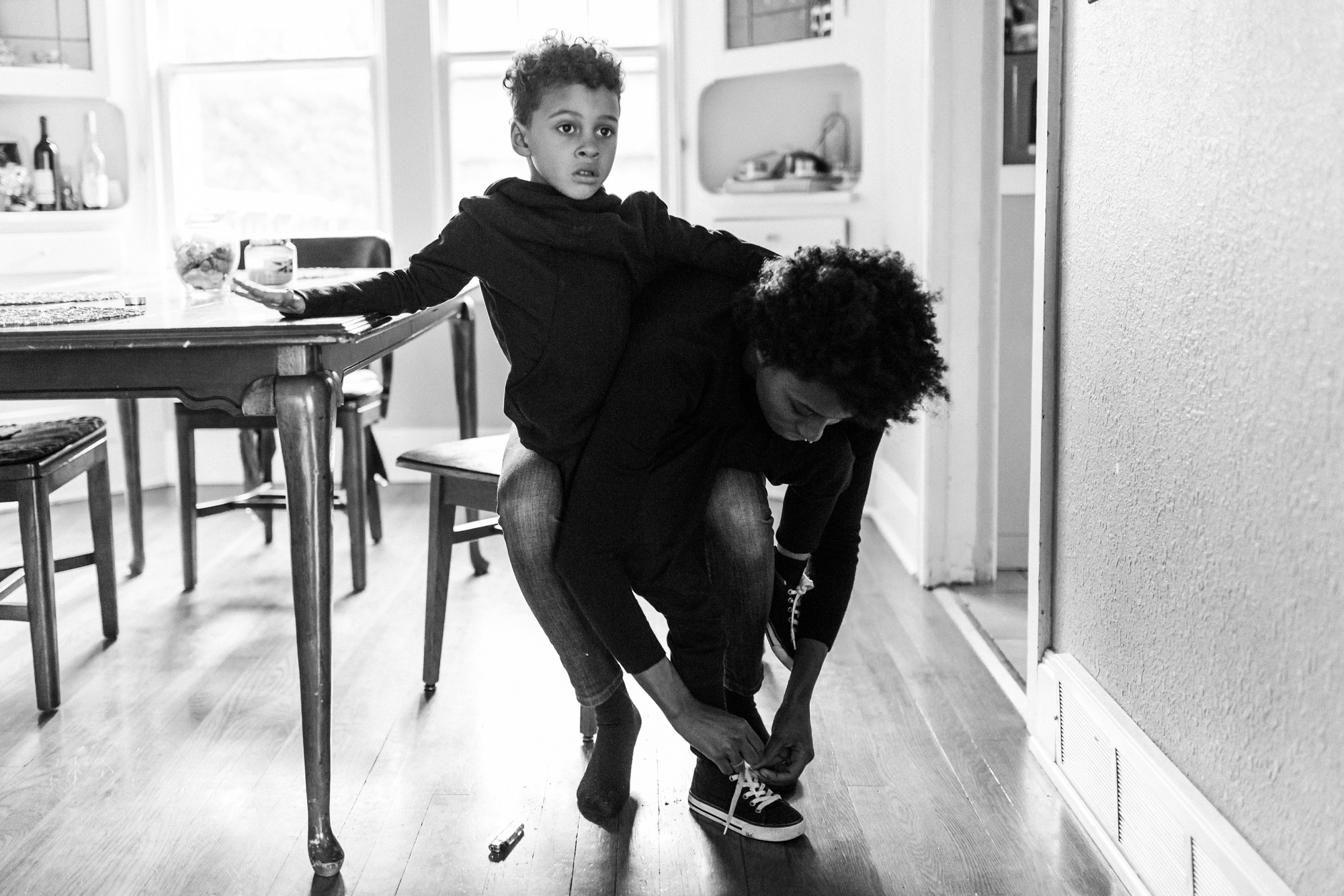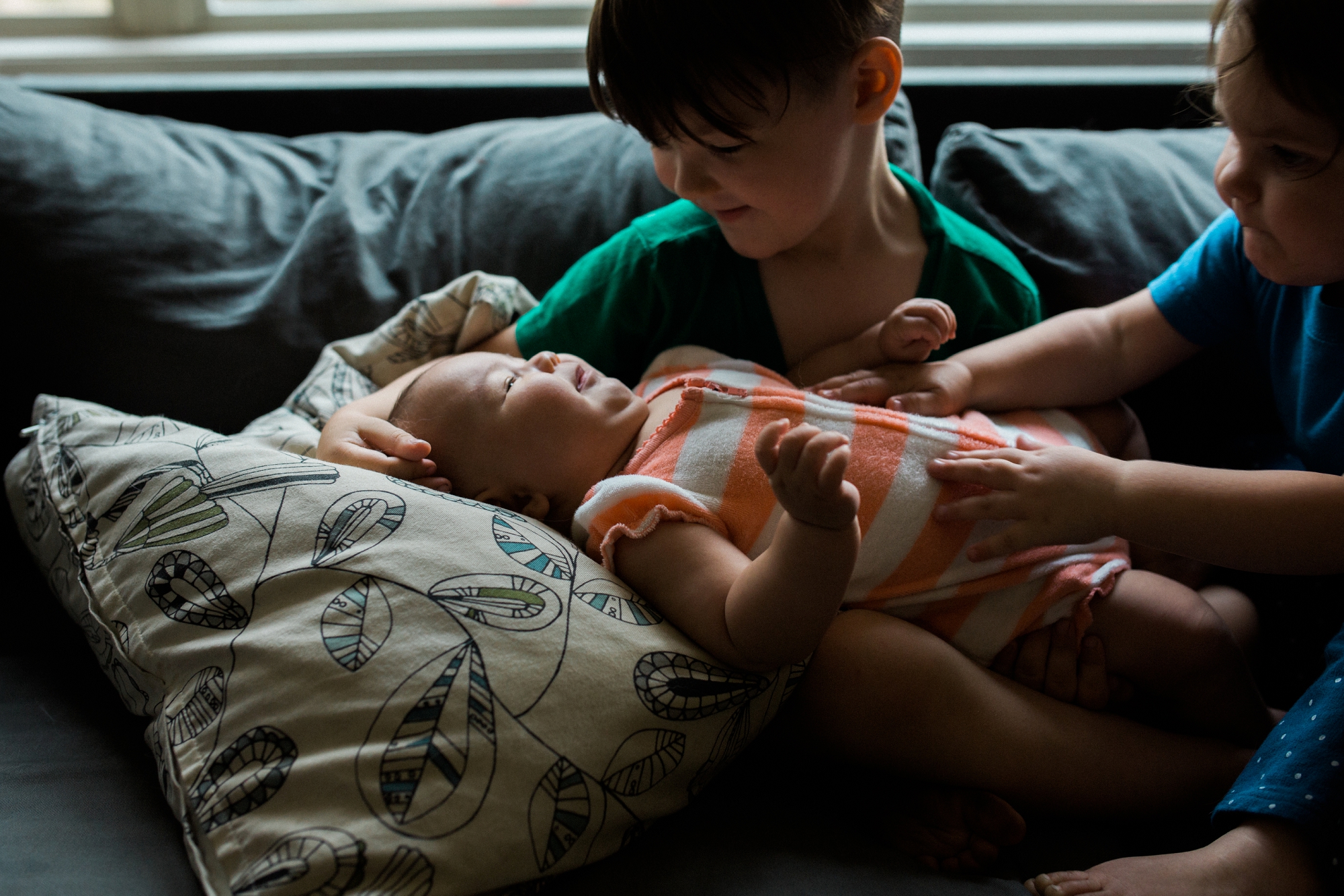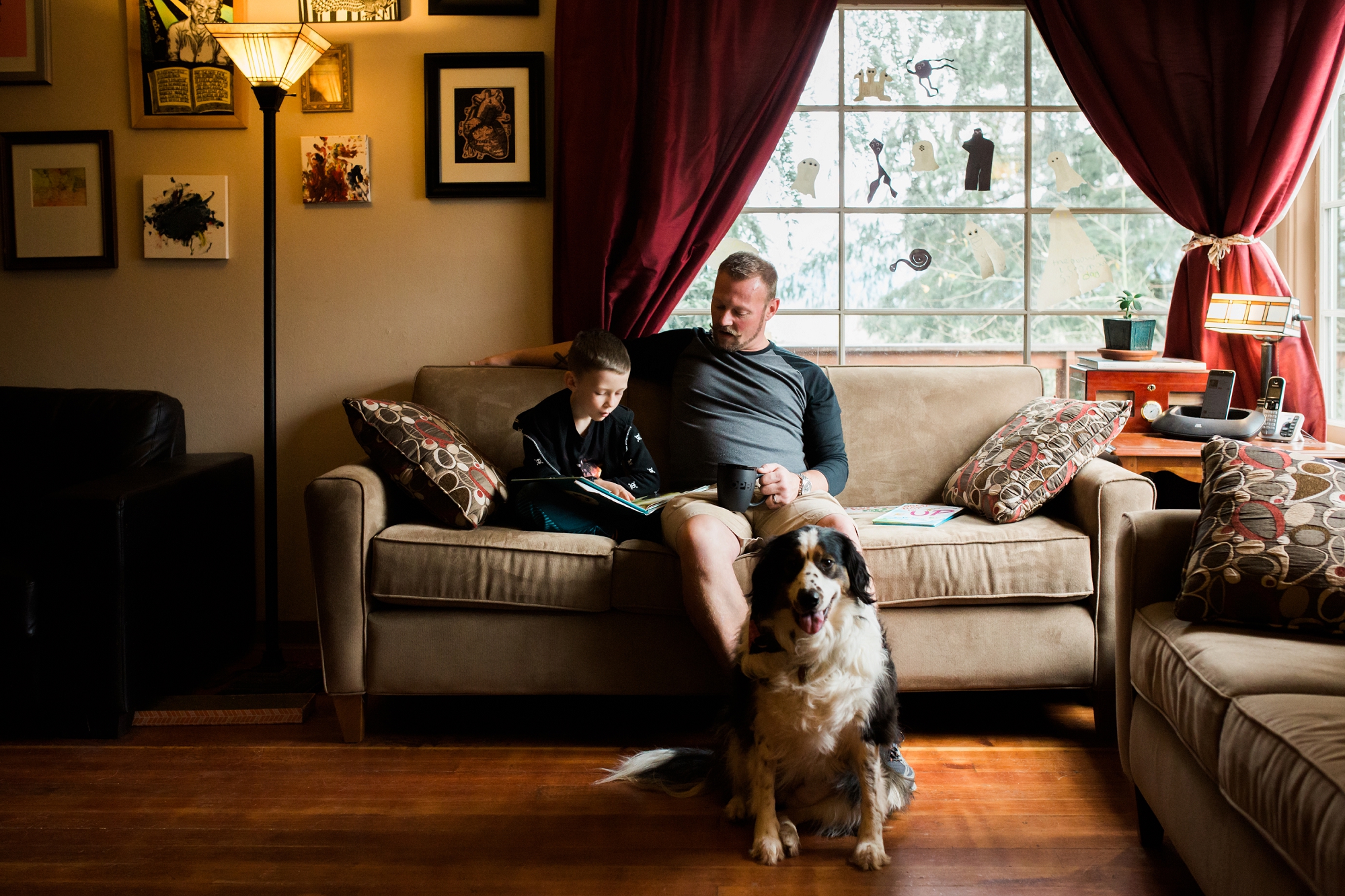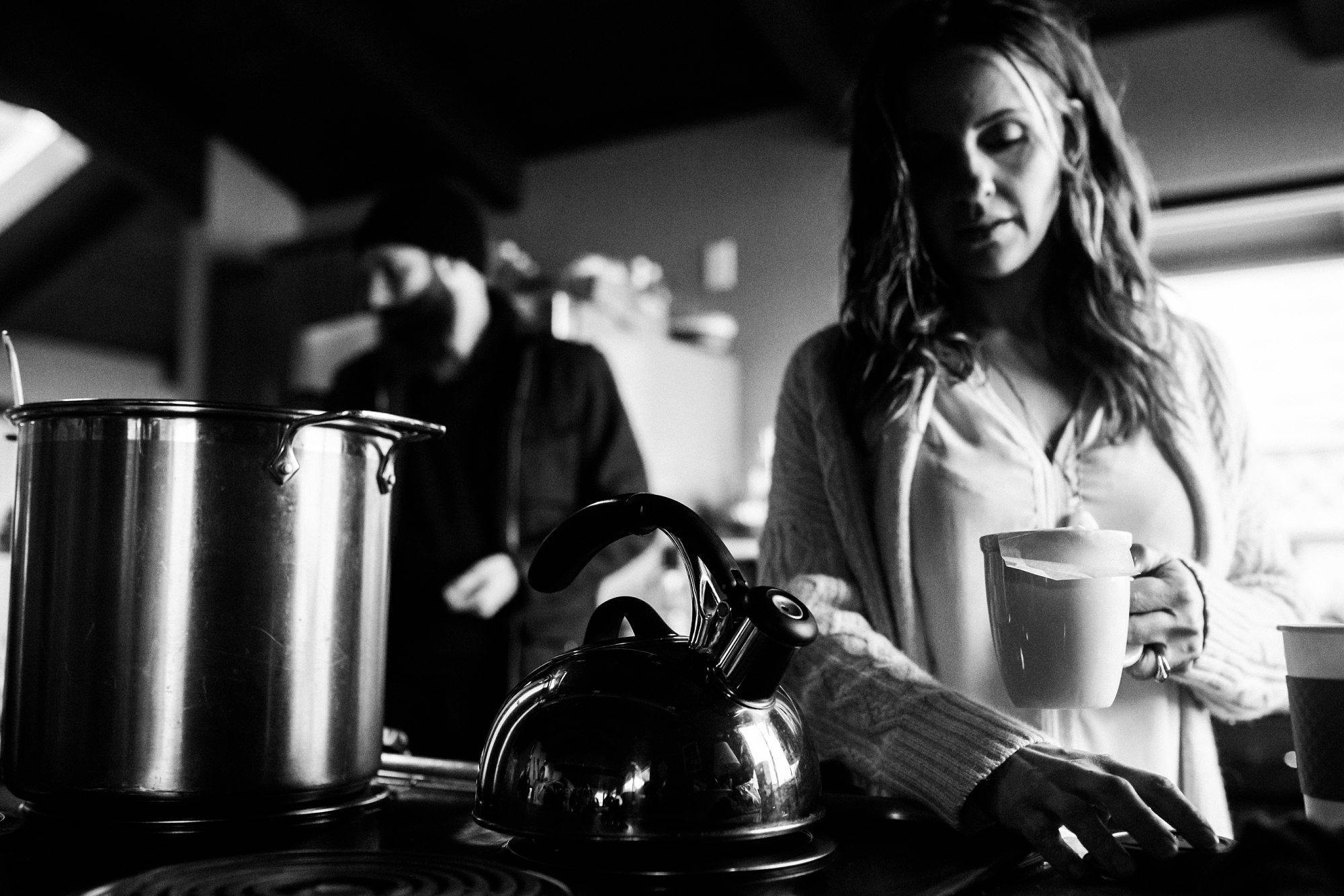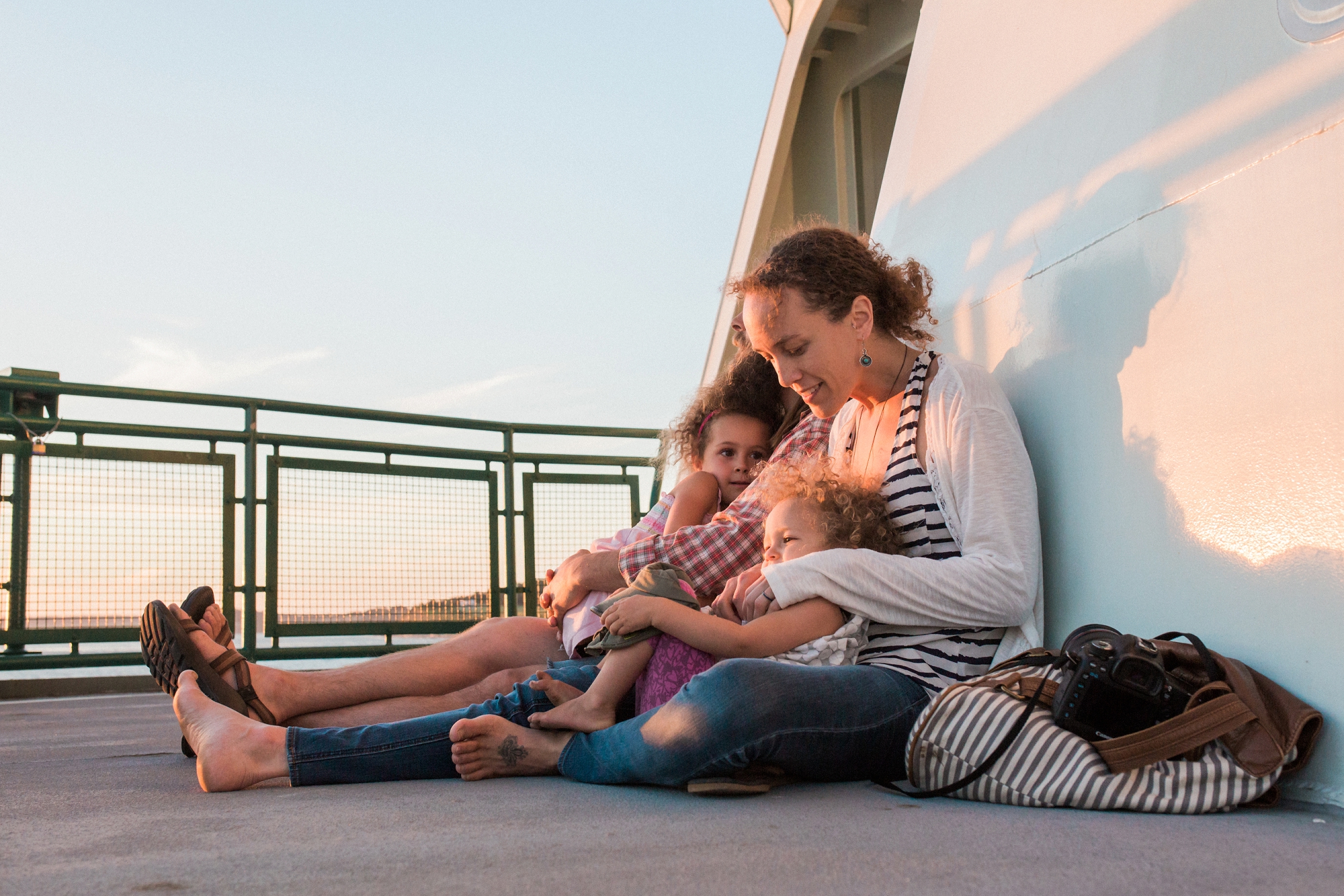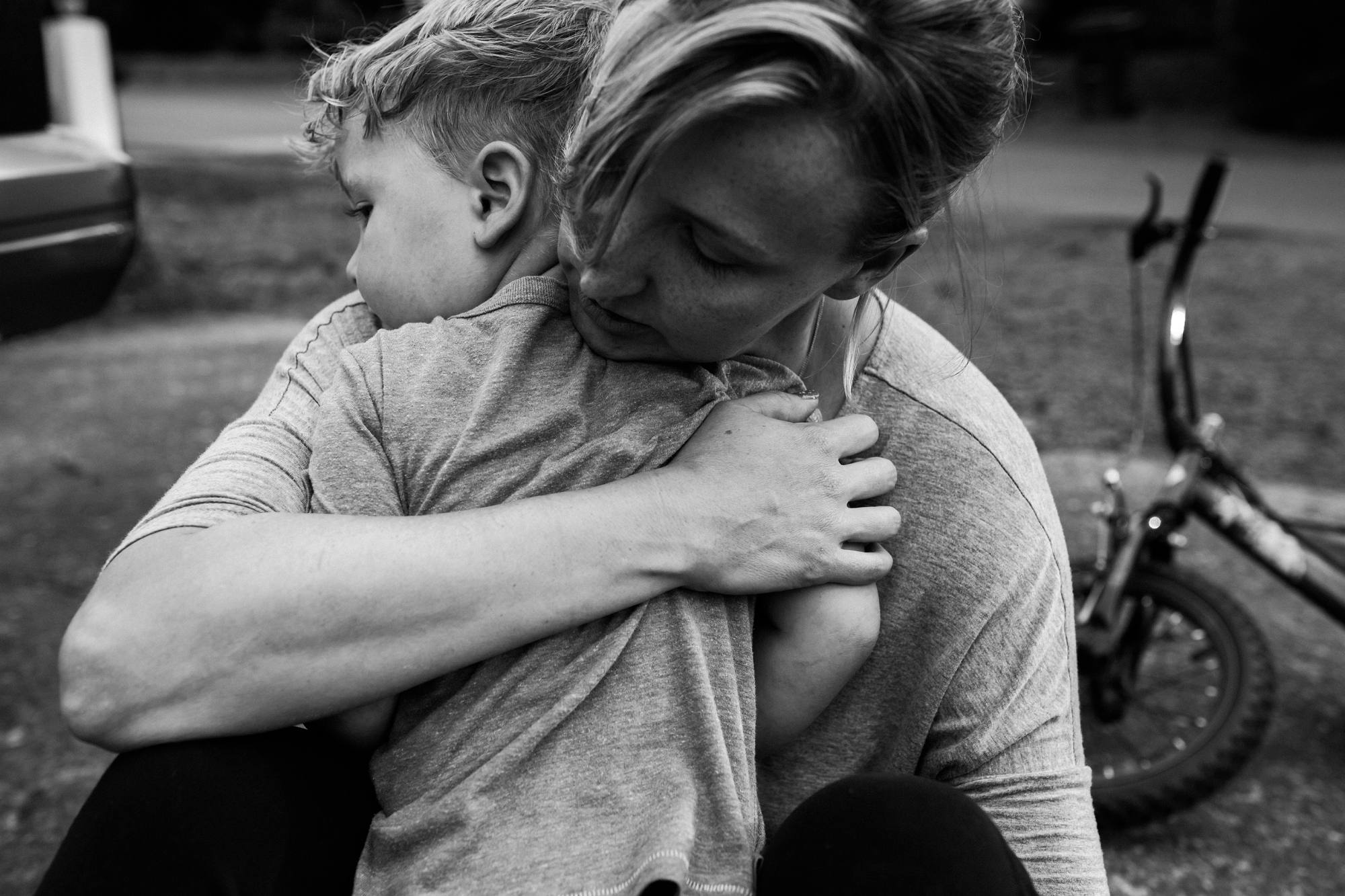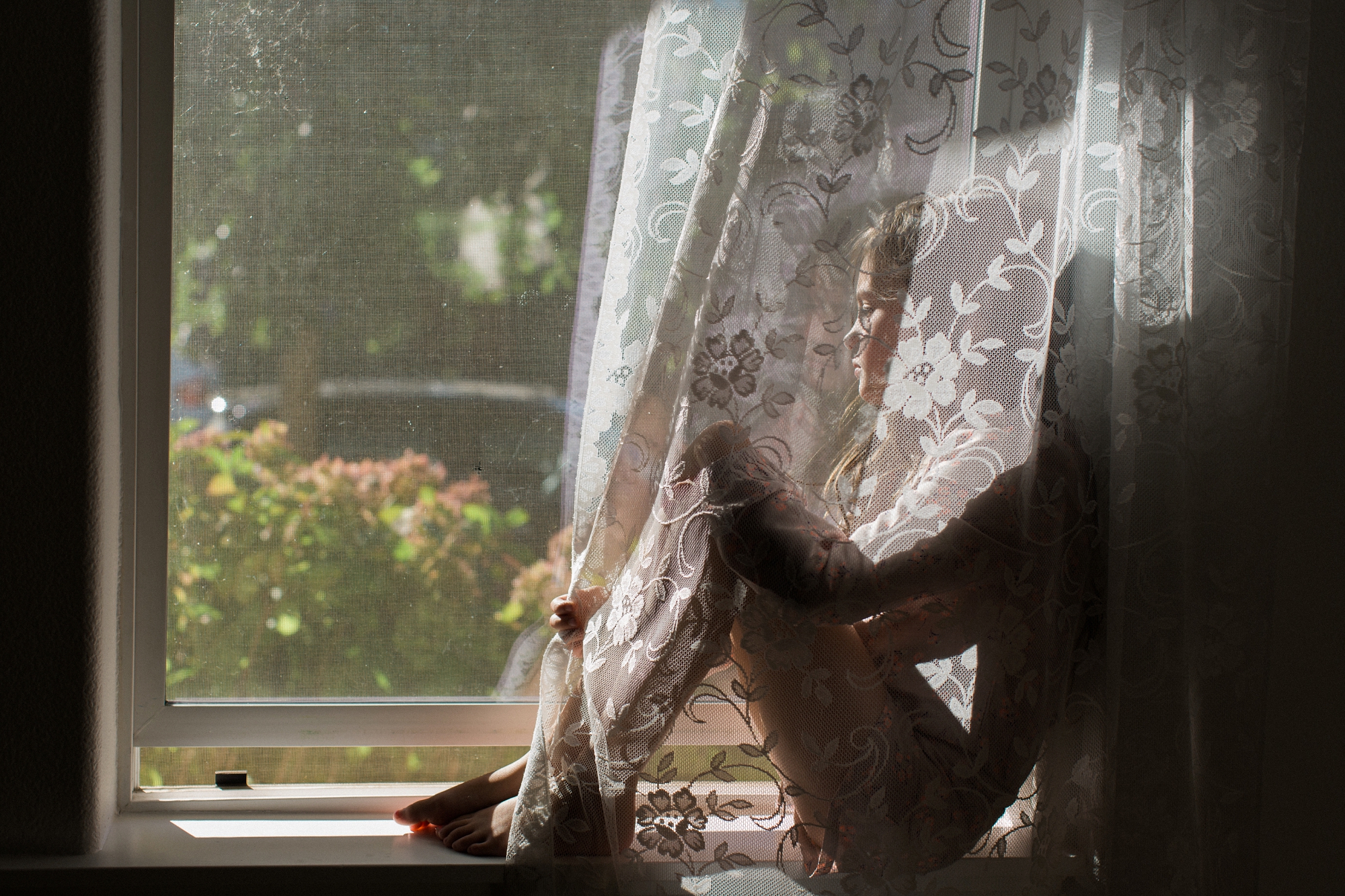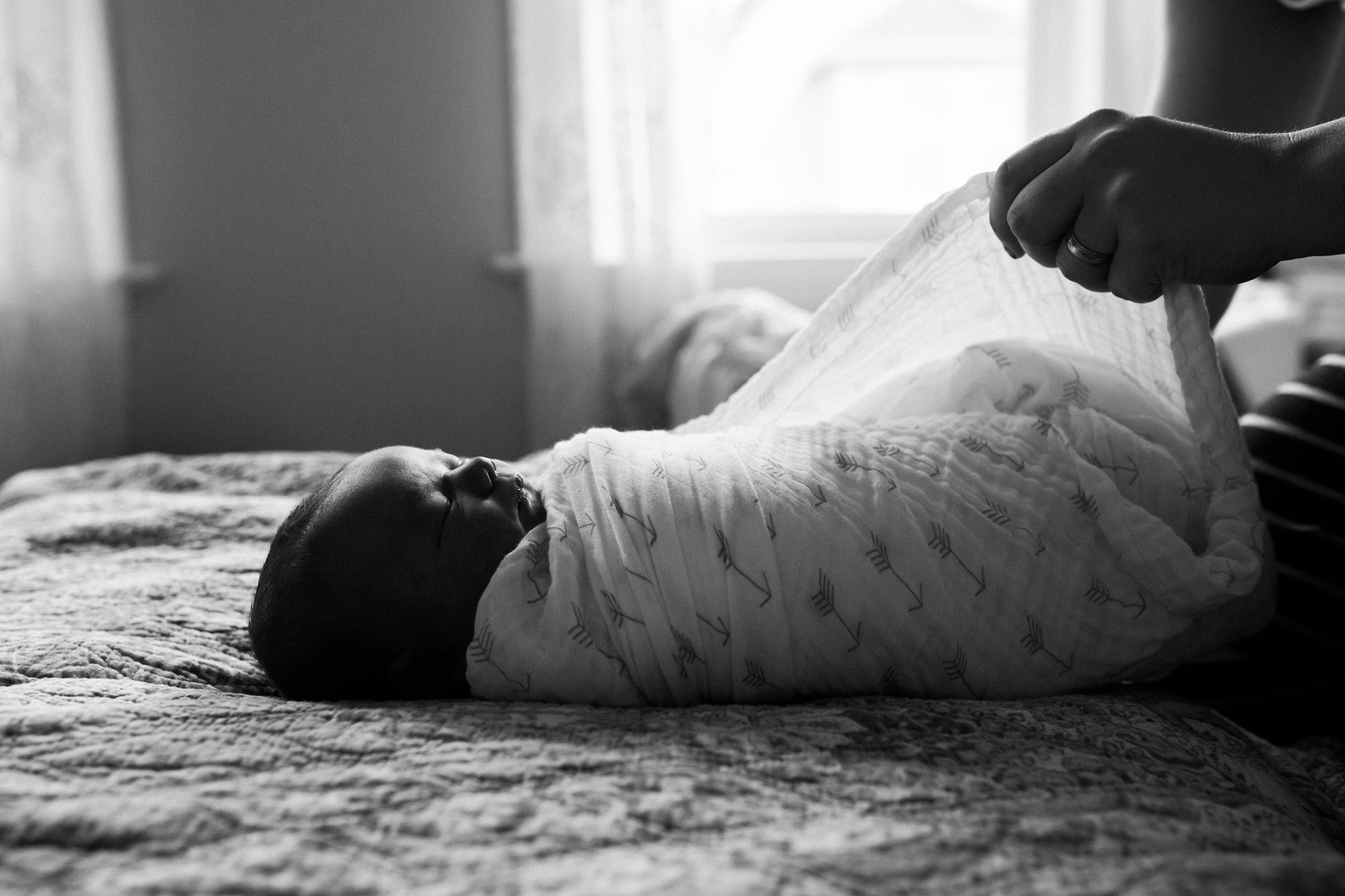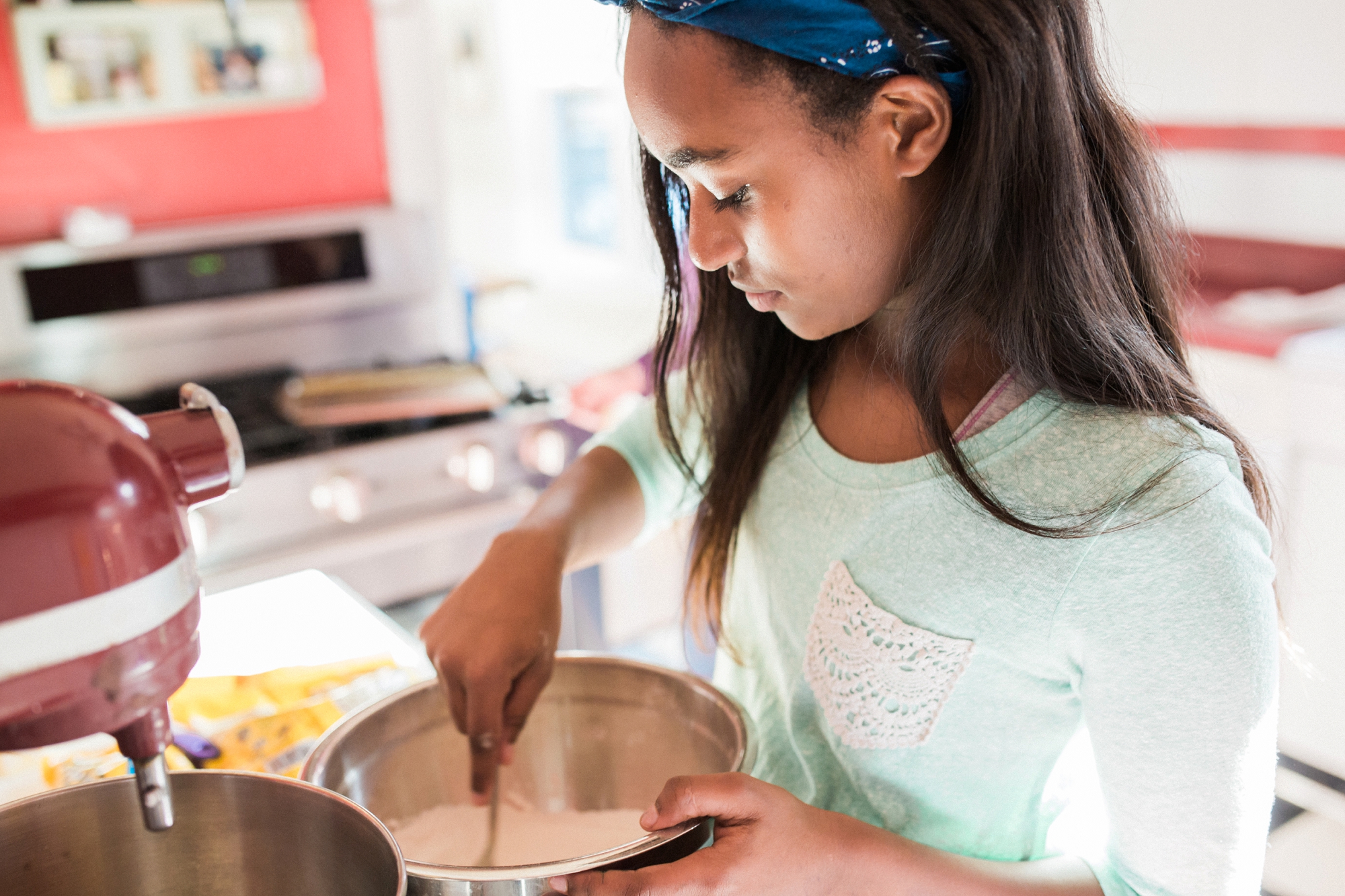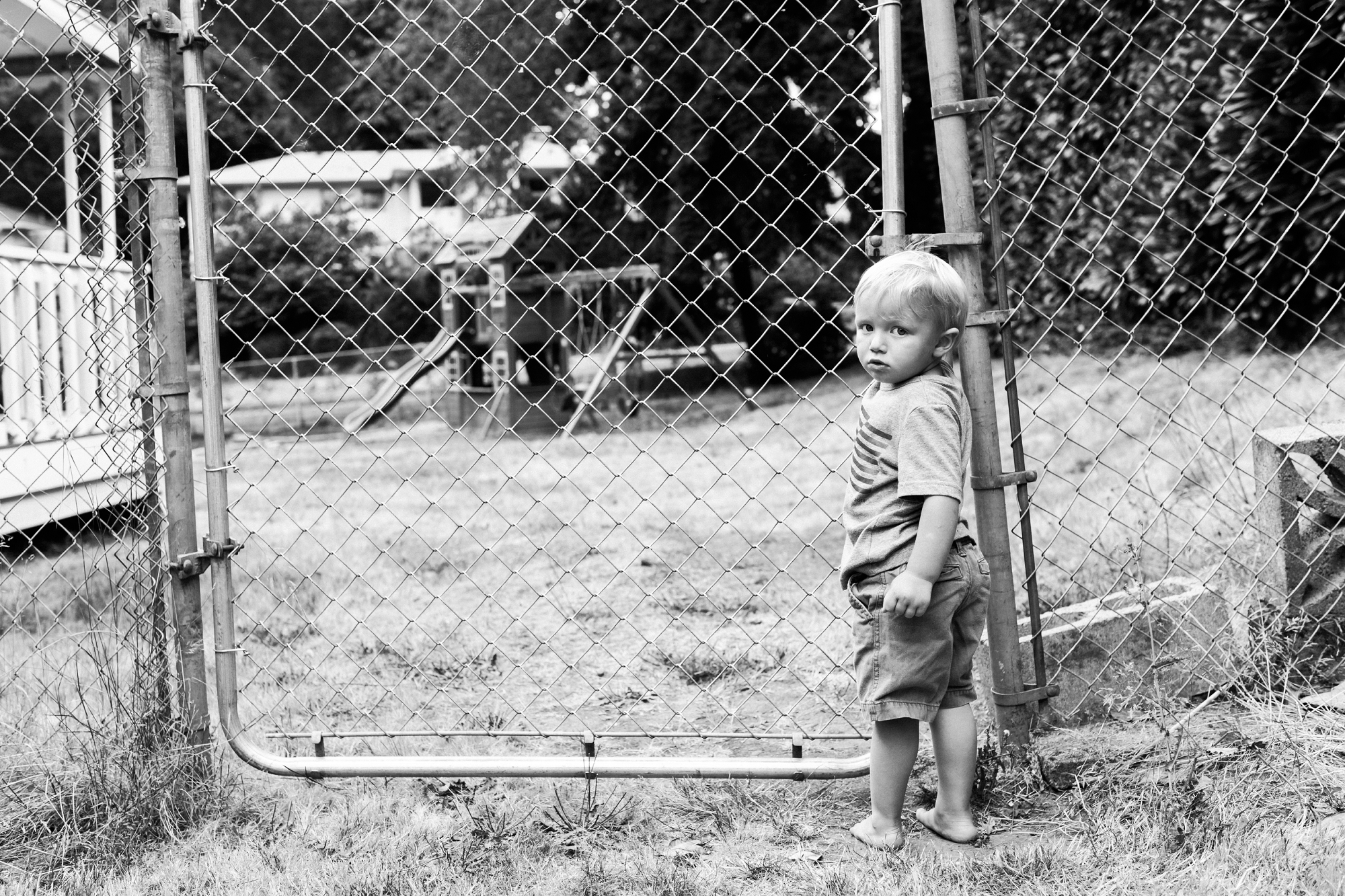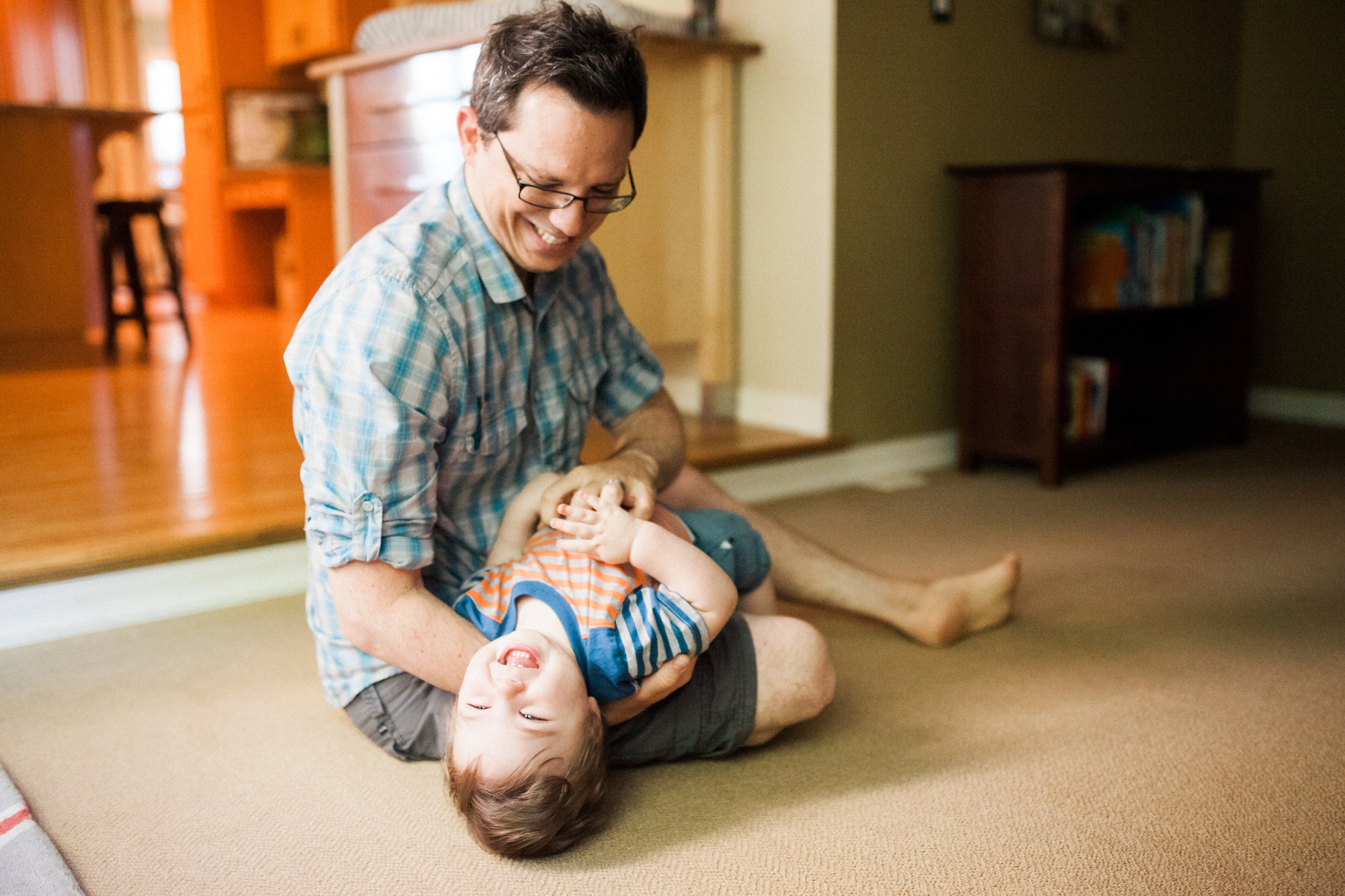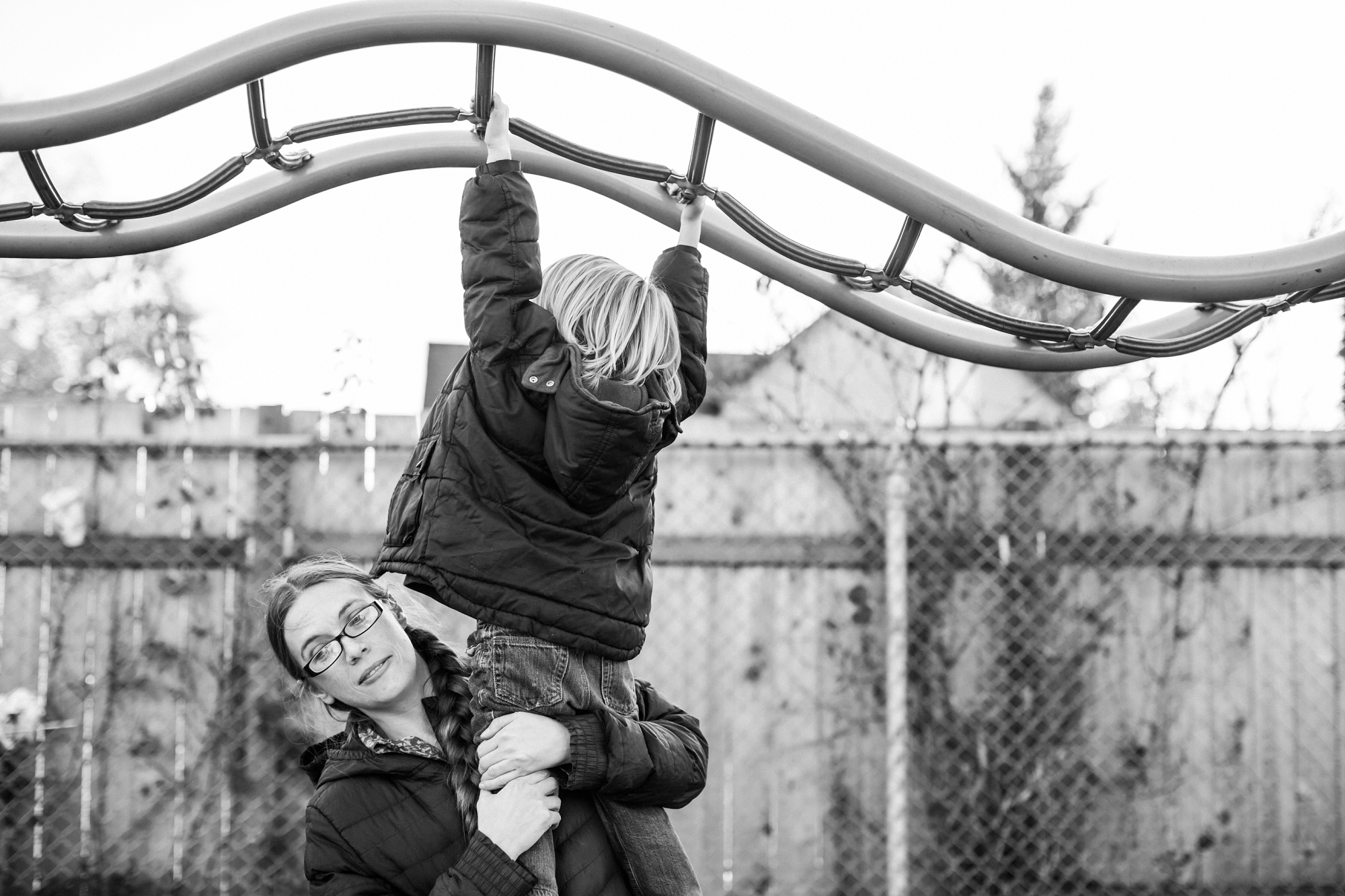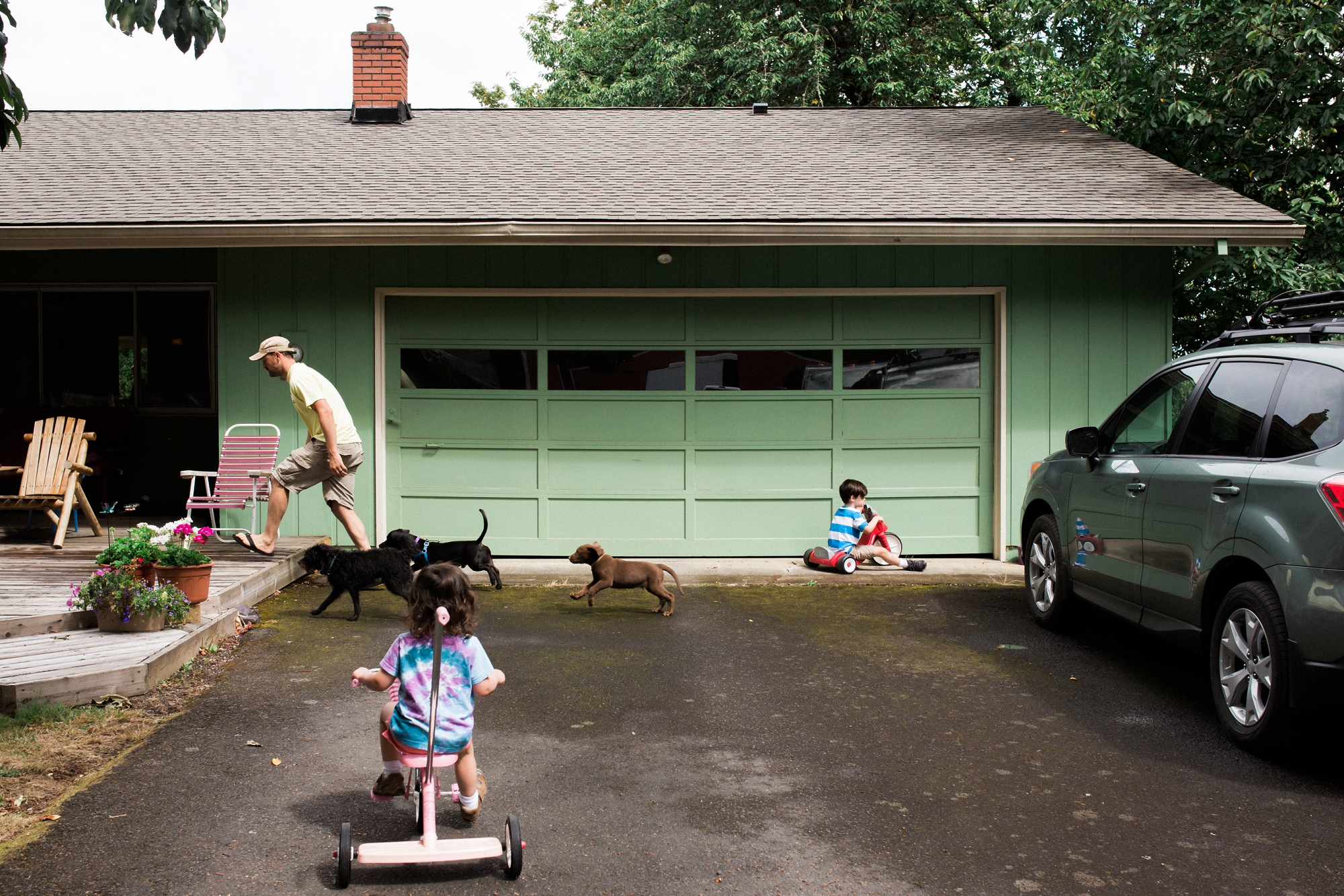“There simply are not many grand moments of life, and we surely don’t live life in those moments. No, we live life in the utterly mundane. We exist in the bathrooms, bedrooms, living rooms, and hallways of life. This is where the character of our life is set. This is where we live the life of faith.”
-Paul David Tripp
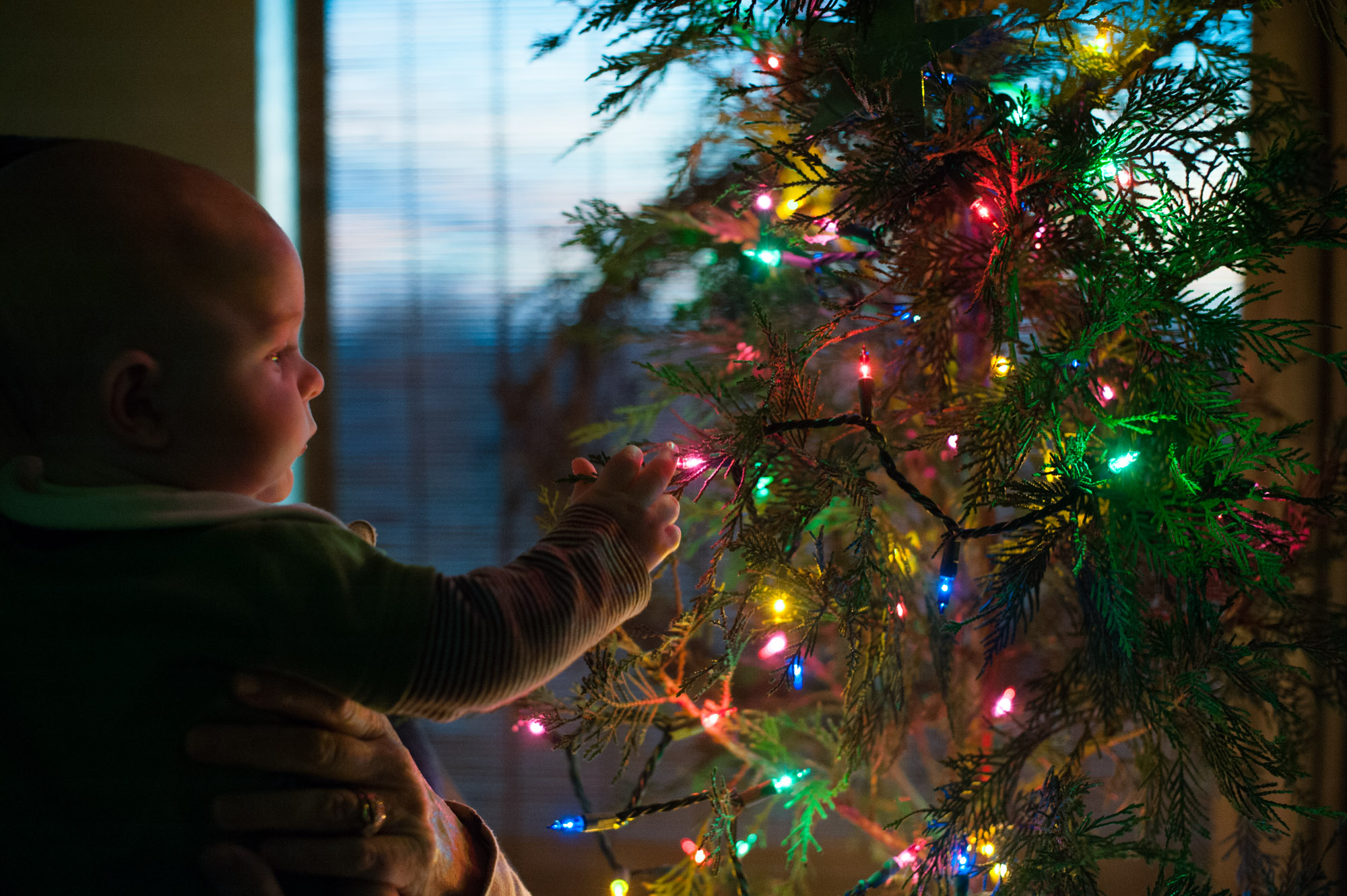
December 12, 2010
When I first started taking pictures ten years ago, my husband told me about a man who started taking a picture a day and then continued that for the rest of his life. My husband’s suggestion that I do something similar was met with a raised eyebrow and me telling him that sounded weird and hard and frankly, a little boring.
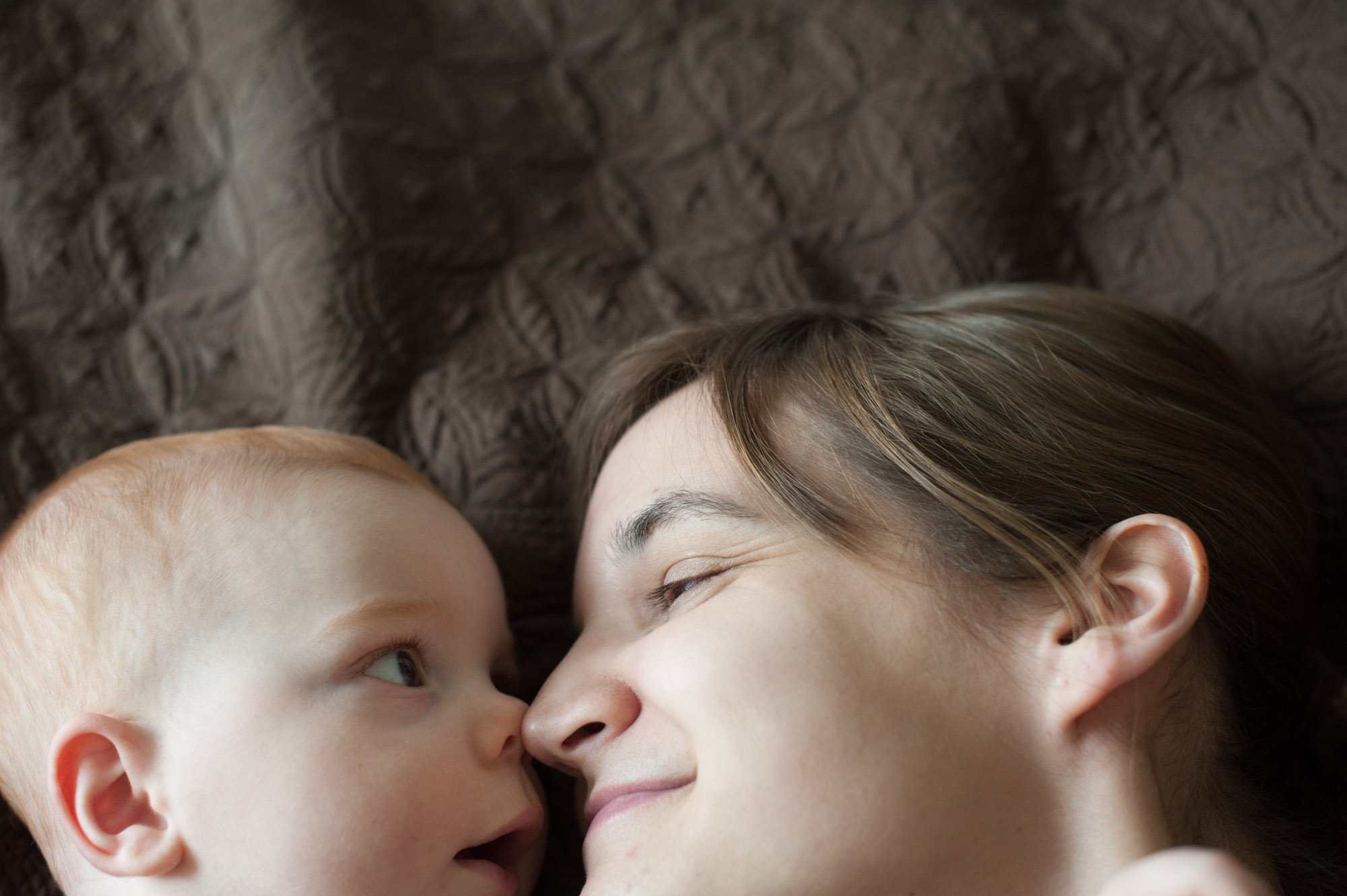
March 11, 2011
Fast forward a few years after I’d learned quite a bit more about photography, I decided taking one picture a day for a year didn’t sound quite so weird. I had read testimonies of people who said how much their photography improved during a 365 project, but even though I wanted my photos to be better, I wasn’t sure if I was up for the big commitment. So I kept putting it off.
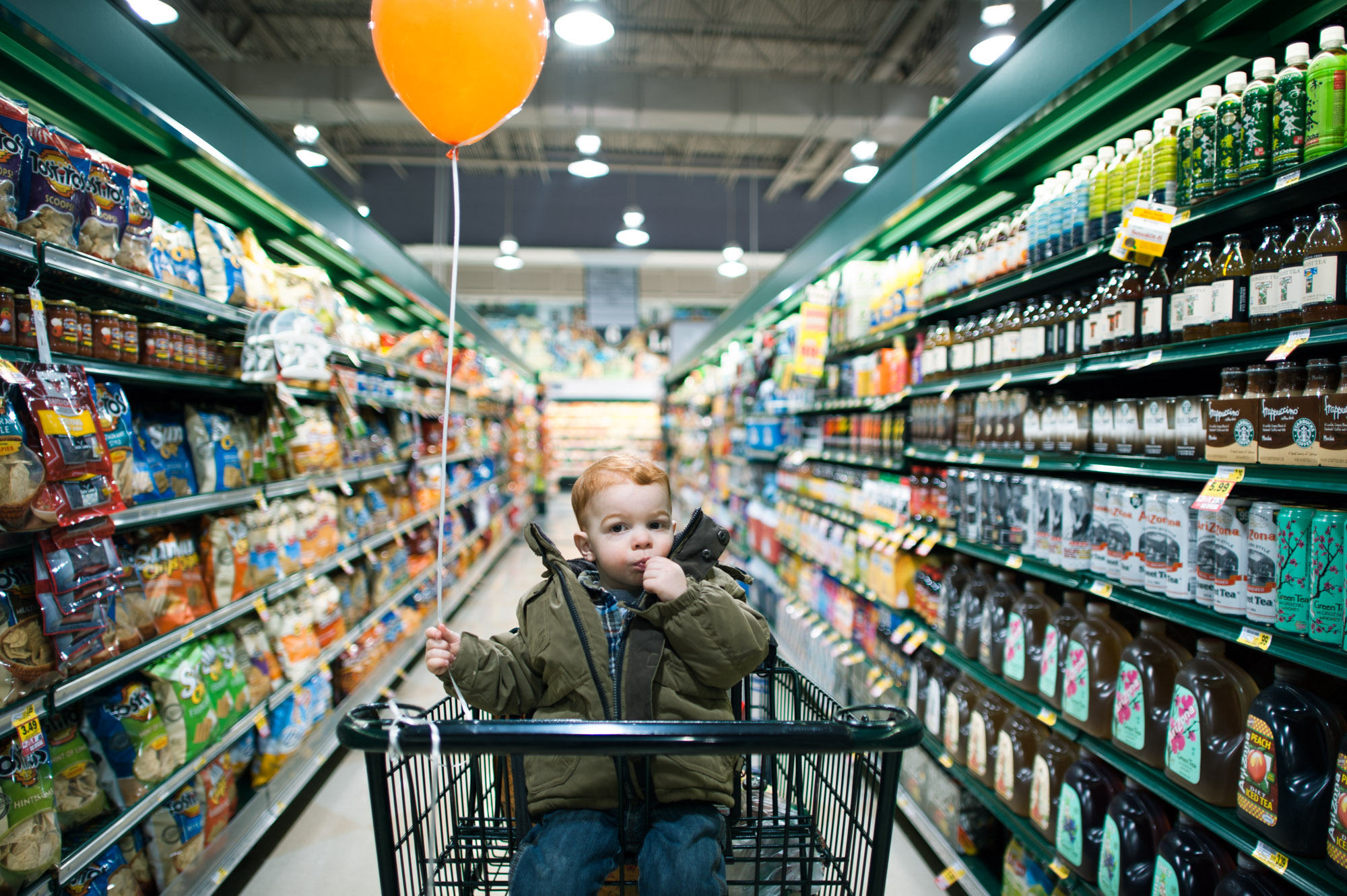
January 20, 2012
In early February of 2010, a friend close in age to me was diagnosed with cancer and not given much time to live. It was shocking and sobering. It made me realize how often I put off doing things until the “right” time and that I wasted way too much time waiting on something bigger or better to happen without enjoying the present. I started my first 365 the following Monday.
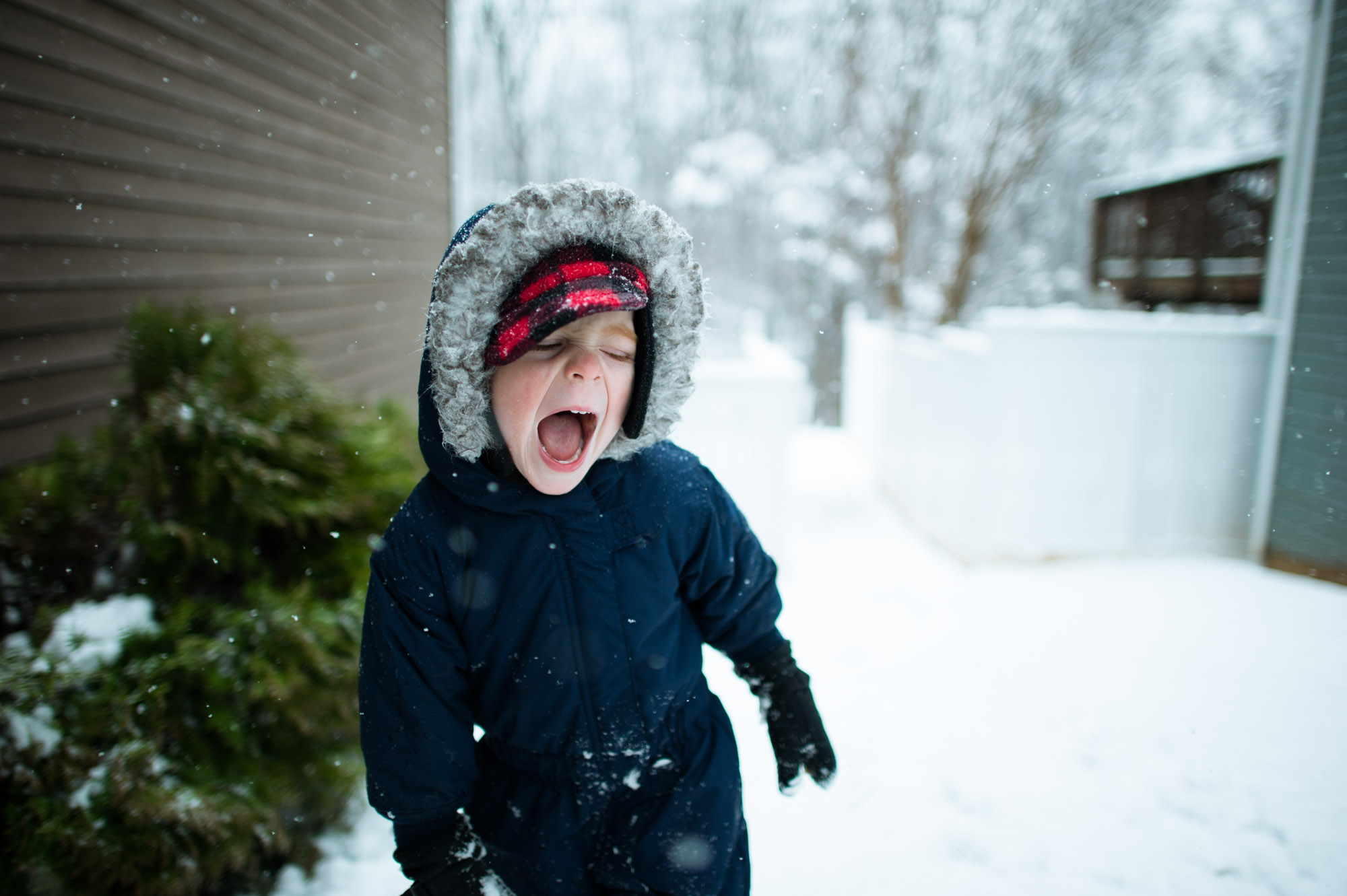
March 25, 2013
The project was fun, but it was so hard! I’m pretty sure I complained about it a lot. Taking a picture a day was easy, but taking a good picture was much harder. Even though my pictures didn’t seem to get better, I still kept at it. My camera went everywhere with me. All my friends knew about my project and didn’t seem bothered that I frequently took pictures around them. Having a camera at my face became my new normal. At the end of that year, I made a photo book with all 365 pictures, and there was something almost magical about seeing my entire year in a book. Seeing all the pictures together made any complaints about the project disappear. It’s amazing how something as simple as a picture can hold so many memories. With each turn of the page, there was a memory and I was transported back to that day. I could remember exactly how I felt when I took that picture.
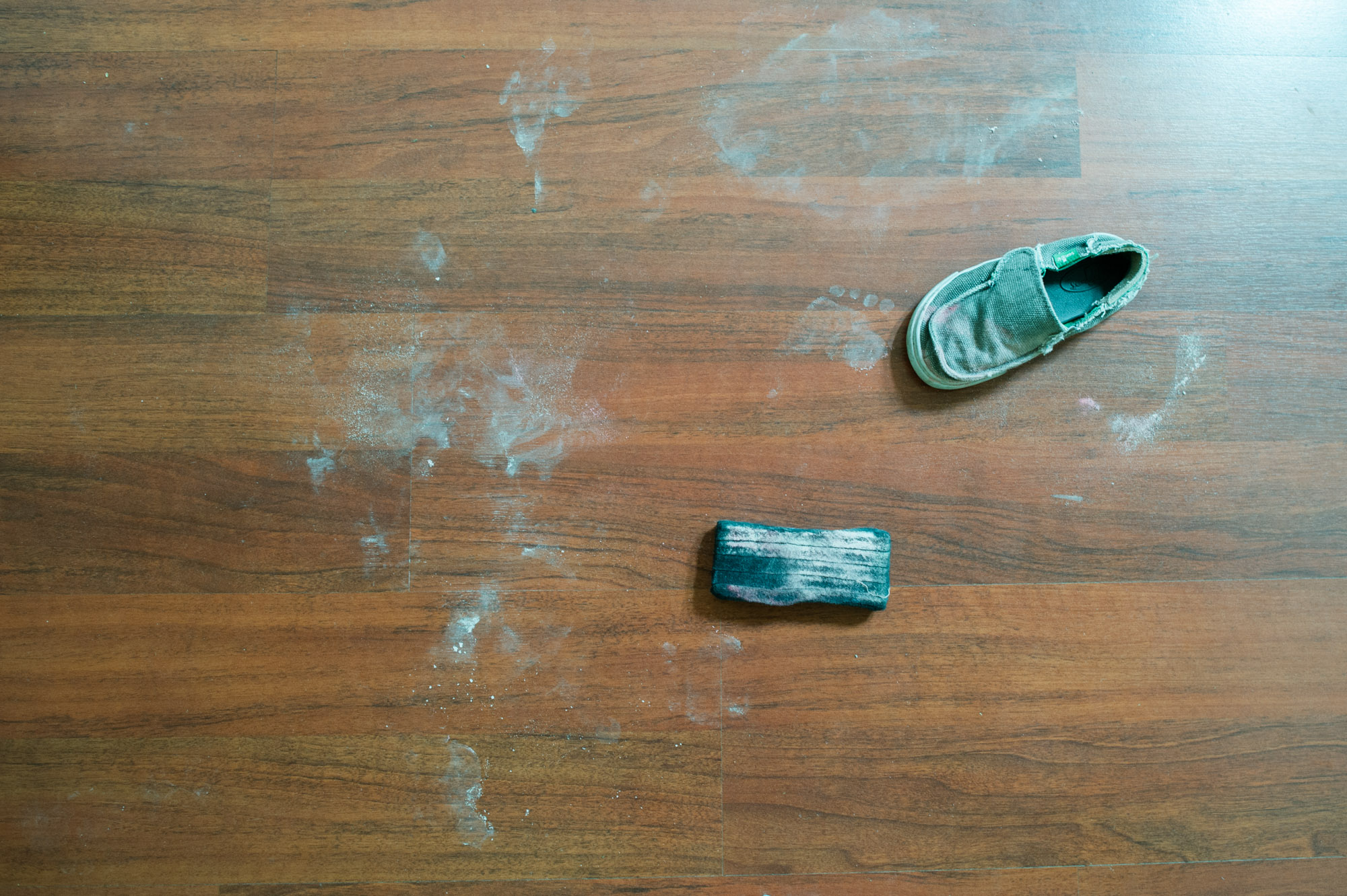
September 5, 2014
When January 2011 rolled around, I was hooked and knew that I wanted to do another one. Then, I continued on in 2012. And then in 2013. I just couldn’t stop. It was addicting. I even did a 365 of just self portraits one year, but I promised myself I would never ever do another one of those again.
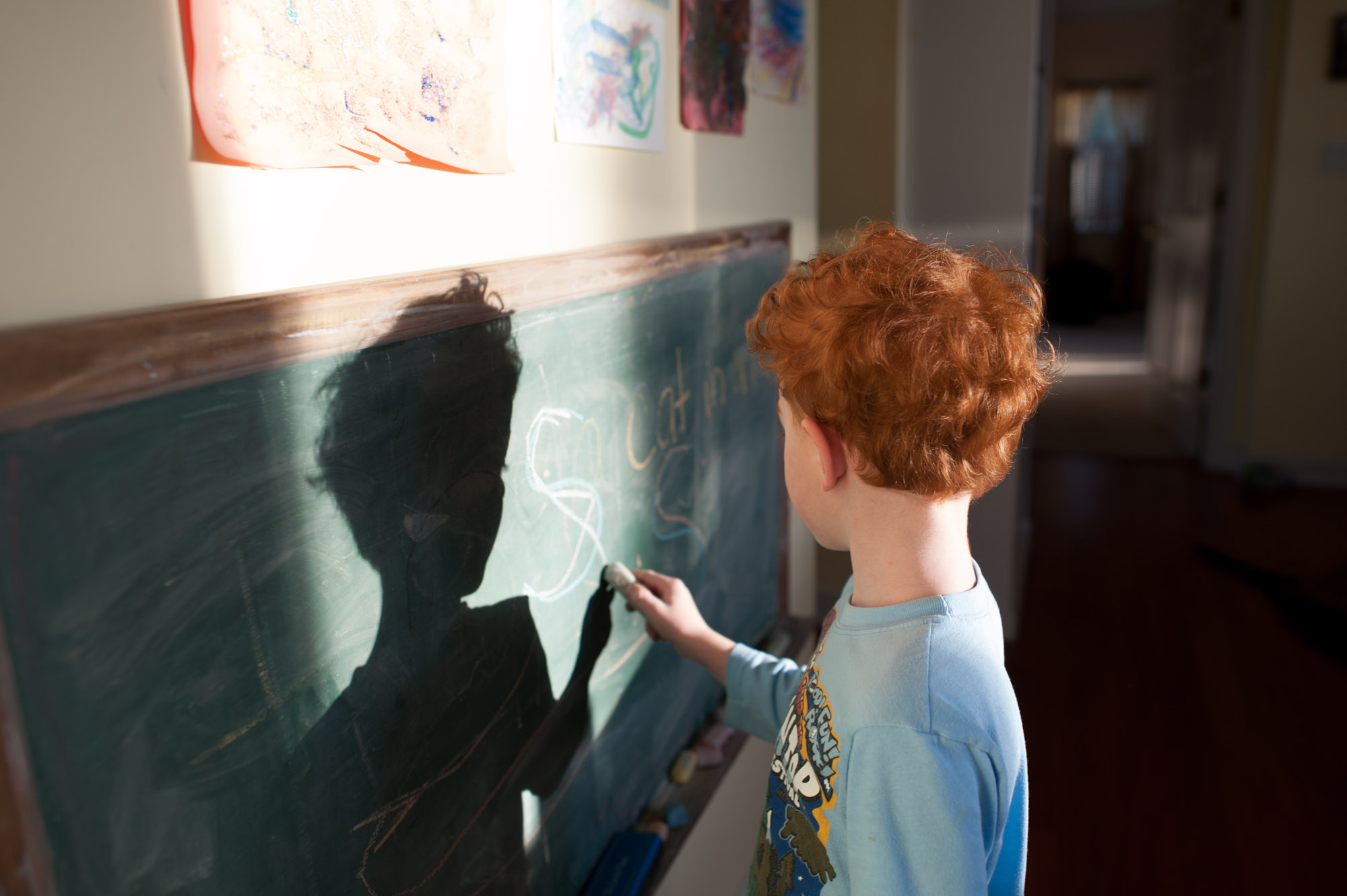
March 3, 2015
The first year or two, I was concerned about taking “good” pictures. However, now I’m much better at scanning a scene, taking a picture, and feeling confident that it’s a decent picture in one or two shots. I feel like my 365 project fits well within the documentary photography category because I’m documenting my family’s entire year. I don’t clean up messes, and I just photograph my life how it is. I seek to document the small moments and imperfections that make my family who we are. Truth be told, I don’t take many amazing photos nor is my life that exciting. Other people might not think much of my pictures, but each one holds a memory for me. Some memories are painful, and some make me smile when I see them.
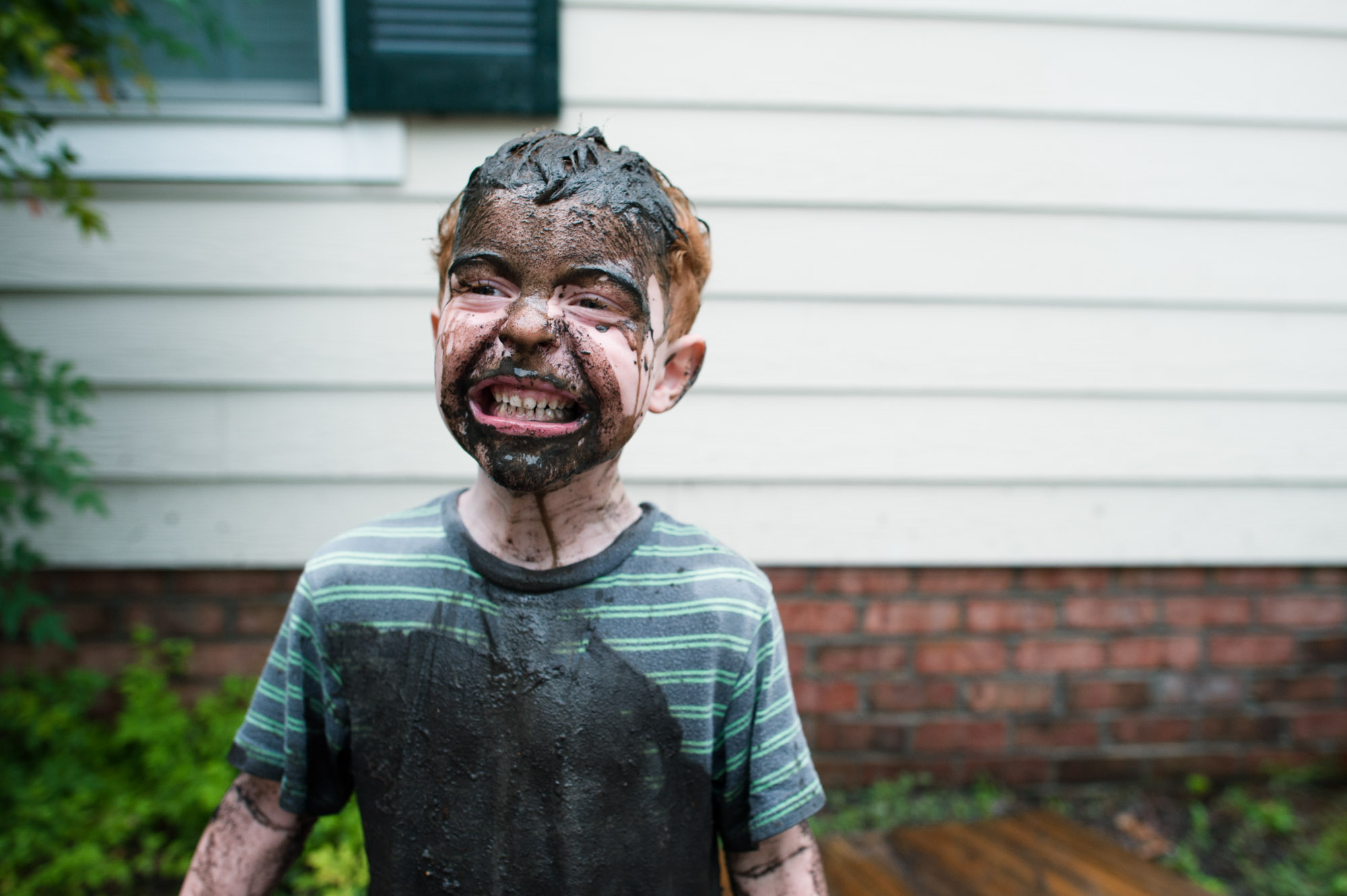
July 13, 2015
Over the past seven years, I’ve photographed some of my highest highs and some of my lowest lows – the “grand moments of life” per the quote at the beginning of this article. But the majority of my pictures remind me of ordinariness of most times because that’s the life I live. Days with Lego creations in the living room floor, school work scattered on the table, an abandoned half folded pile of laundry on my bed, and with a reheated (yet once again cold) coffee cup in the microwave. My daily photos include pictures from grocery stores, public restrooms, parks, doctor offices, hospitals, and post offices. I take pictures of almost all of it – the good, the bad, and everywhere in between.
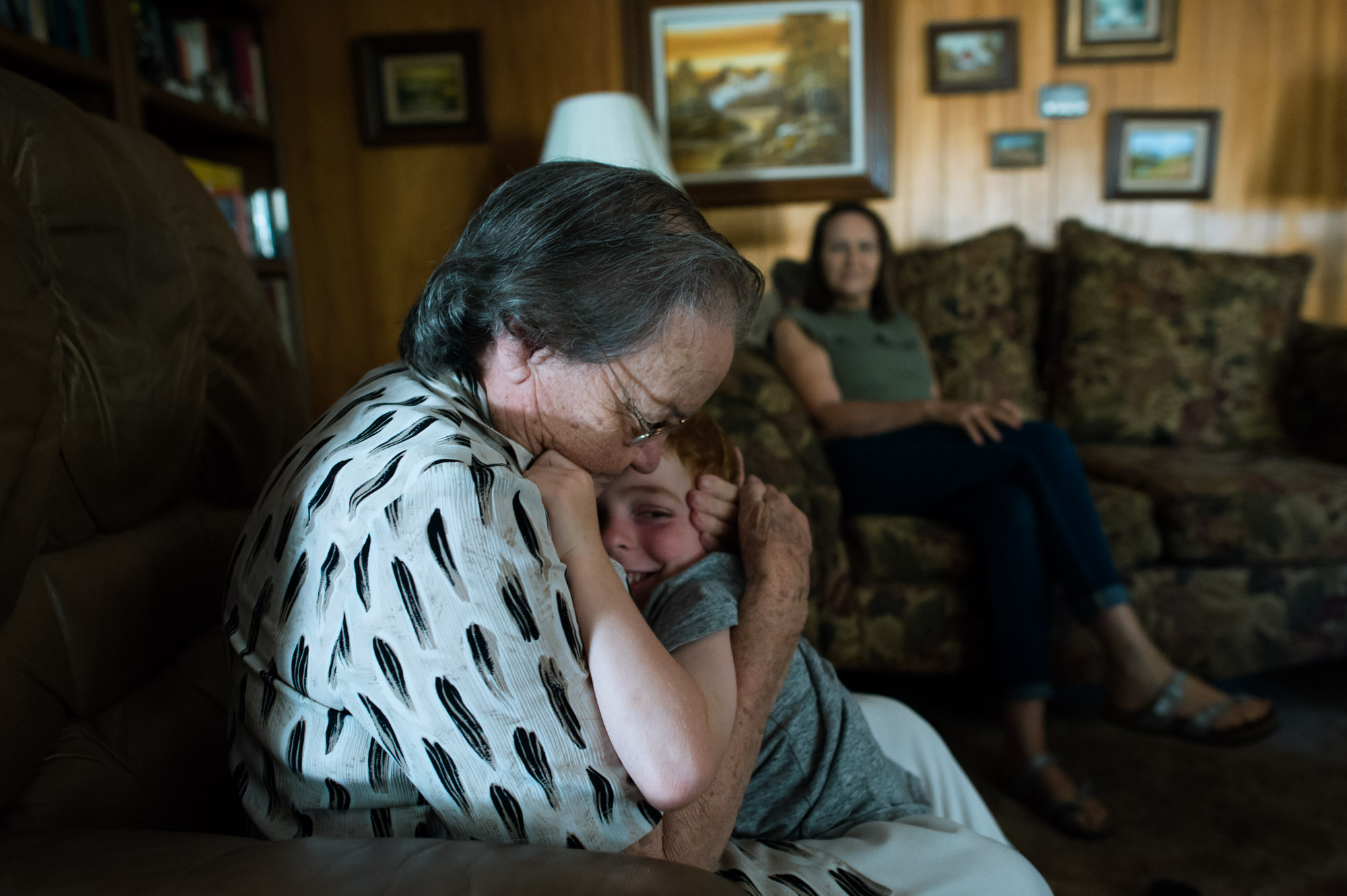
August 8, 2015
Taking daily pictures for this long has forced me to be more creative with my pictures and to seek out the beautiful, little things in my life. Obviously, I take many of the same photos over and over. Some days I try to shoot the same subject in a different manner. Other days I go for taking the same sort of photo to show the passage of time. I have a whole series of my son standing at the glass front door in our old house watching the world just beyond the door. As I flip through them, you can see him getting taller and taller as the seasons change in the background.
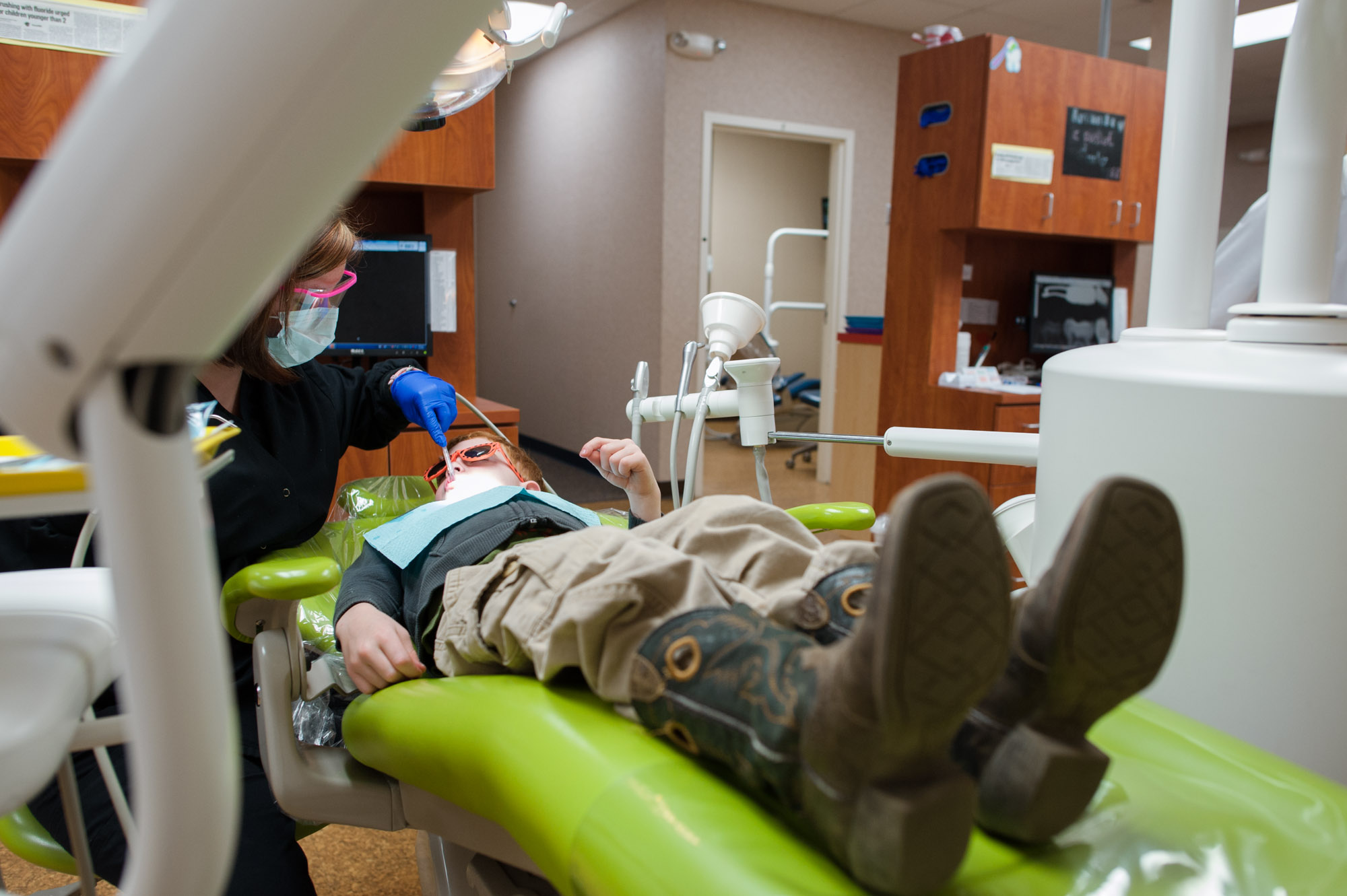
March 15, 2016
When this article is published, I will have taken at least one picture a day for 2,527 days in a row. I’ve completed nine 365s (I did a 365 of just my son and one of self portraits concurrently with a normal yearly one). I haven’t missed a day yet, but I won’t beat myself up if I do. I also have no idea when I’ll stop. I’ve considered taking a break so many times, especially during those long periods of uninspired photos, but something makes me continue.
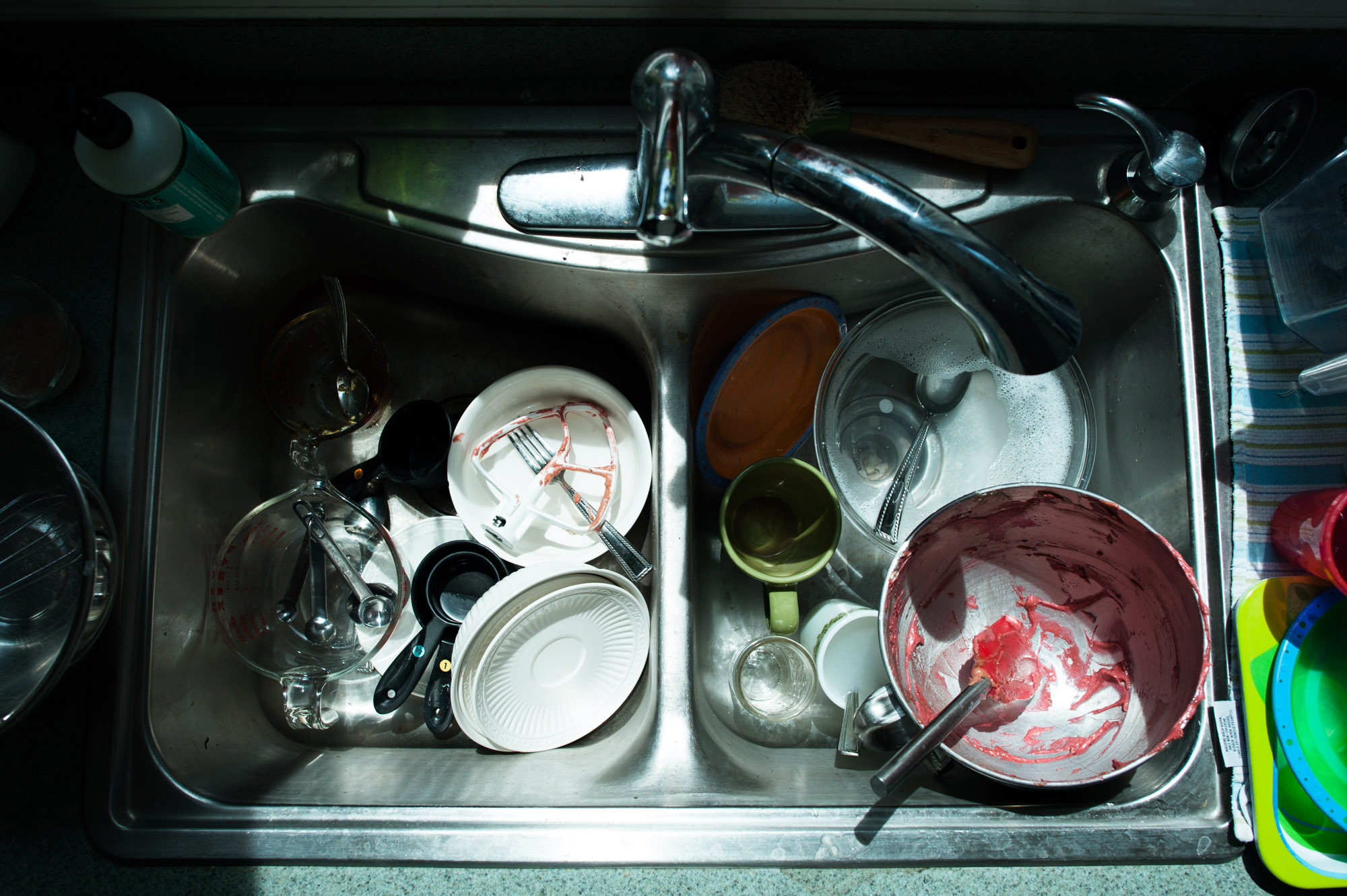
July 18, 2016
Taking a photo each day is second nature to me now, and it’s not something I have to remind myself to do anymore. It would be strange not to take a picture every day.
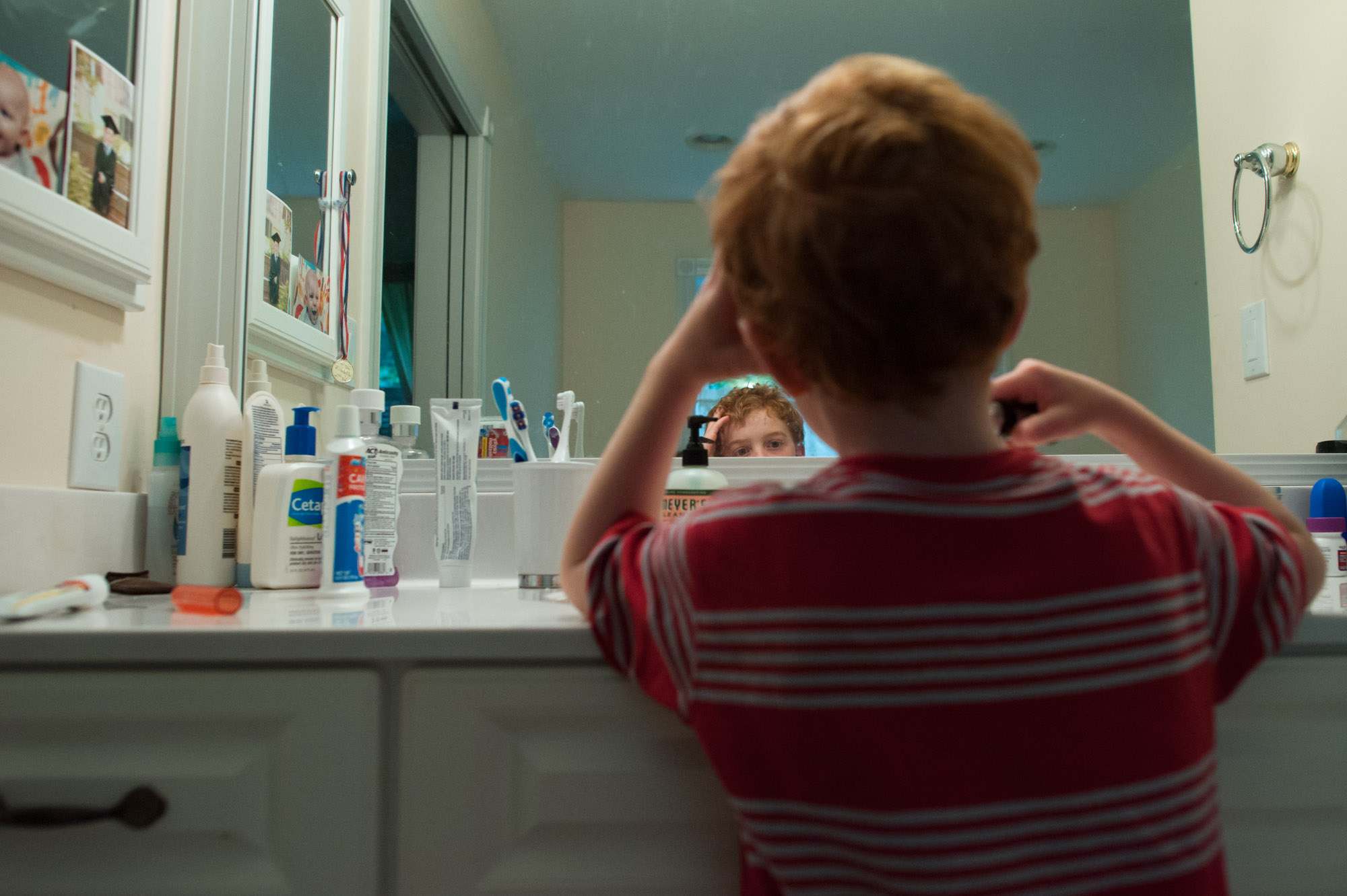
August 1, 2016
In my mind the photo books I make at the end of the year are a time capsule for my family that, years from now, we can look through and remember how it really was. Many people might not understand why I take pictures of things like dirty dishes piled in my sink. To most, it probably looks like I just need to clean up. But to me, I see the dishes from the cake I baked for my son’s birthday. His favorite color was red that year, so we compromised on a red velvet cake instead of a white cake with red icing. Years from now these photos will help me to remember how he played with Legos every day, and became obsessed with Star Wars in 2016 so he wore a Darth Vader costume everyday for a month, or that special bond he had with his great grandmother.
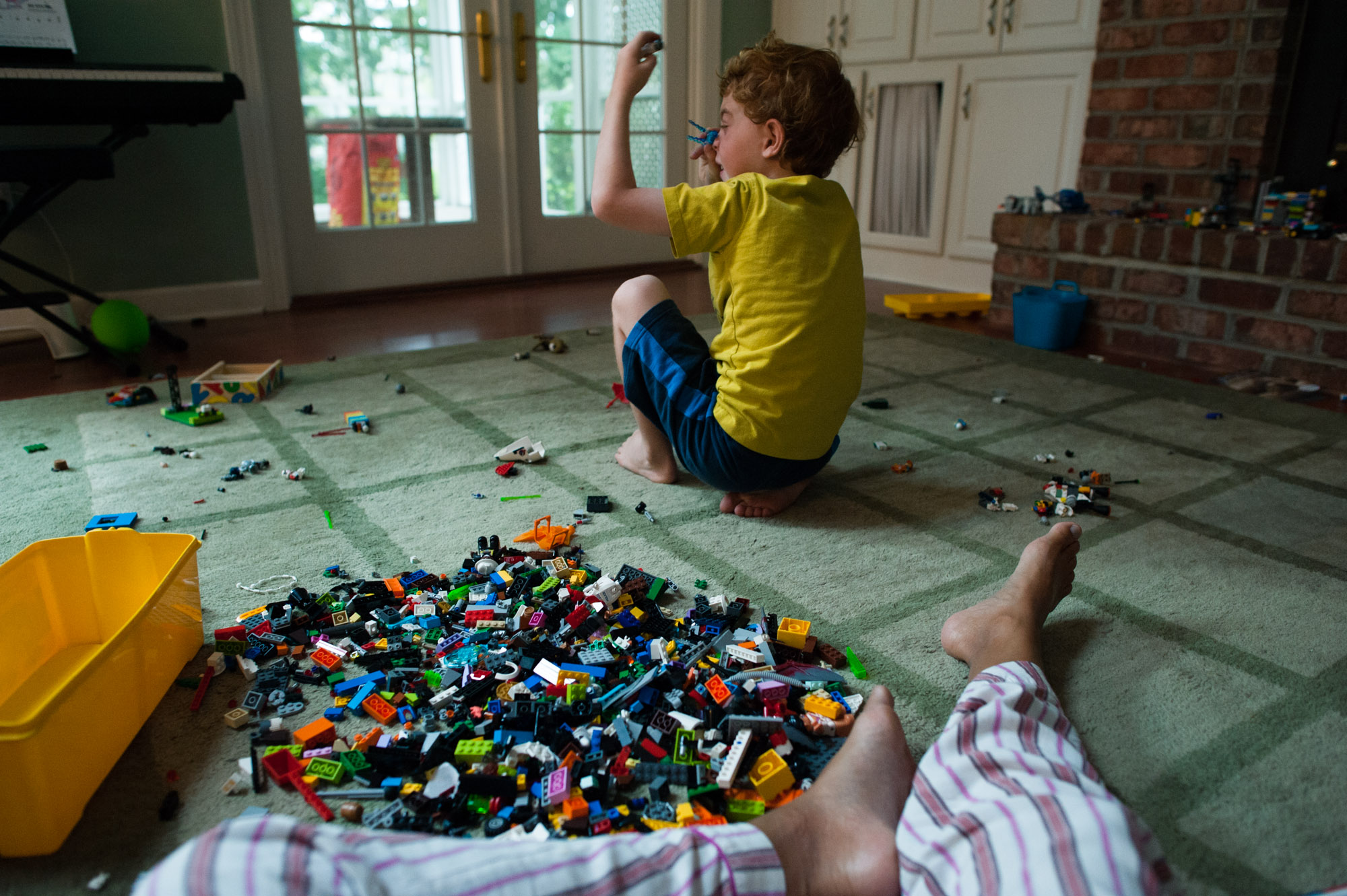
September 2, 2016
My son enjoys looking through the books now because he likes seeing pictures of himself and hearing stories from when he was little. Maybe someday my grandkids or great grandkids will flip through my photo books and have a better idea of how their weird grandmother/great grandmother saw life.
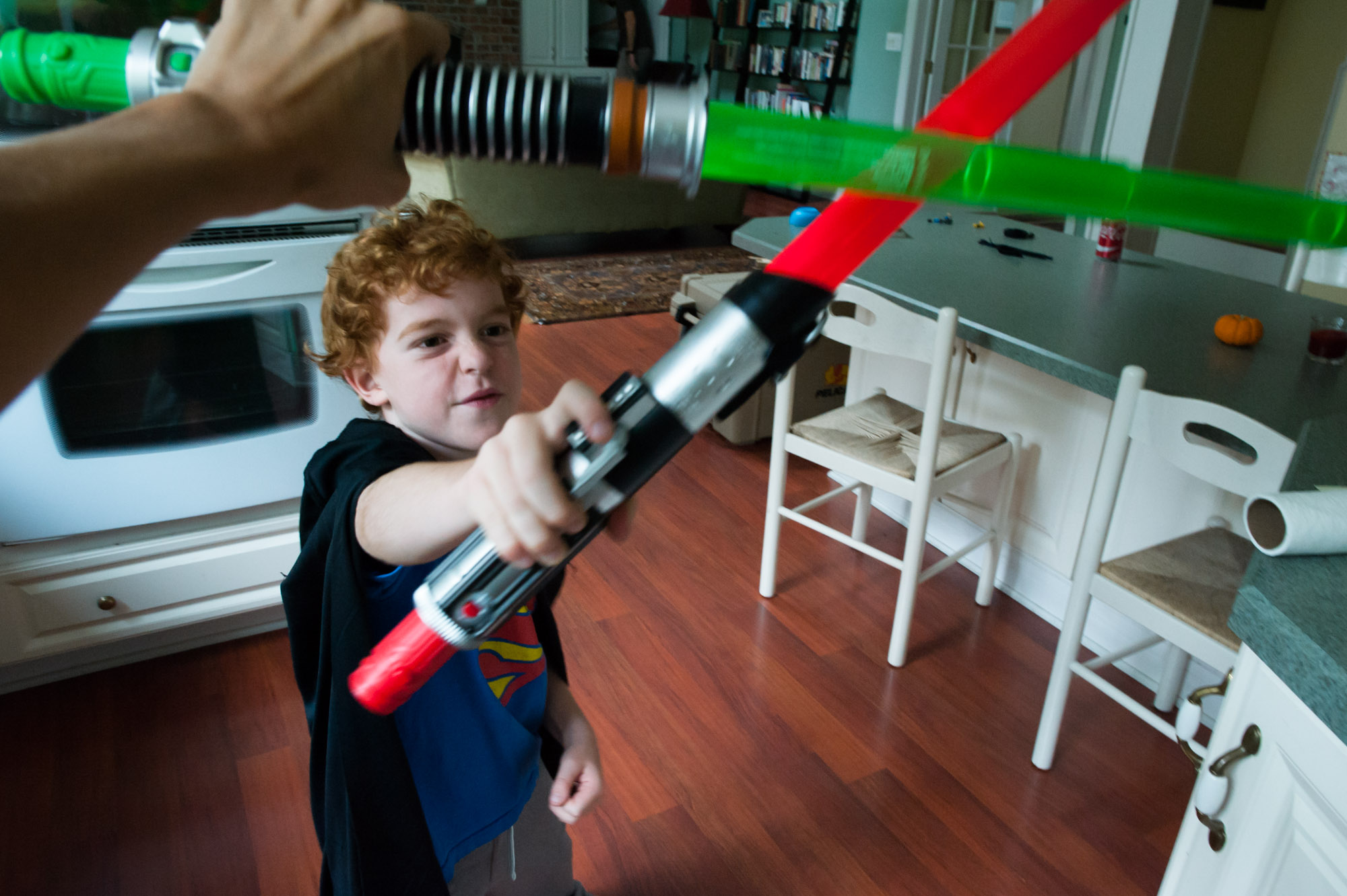
September 25, 2016
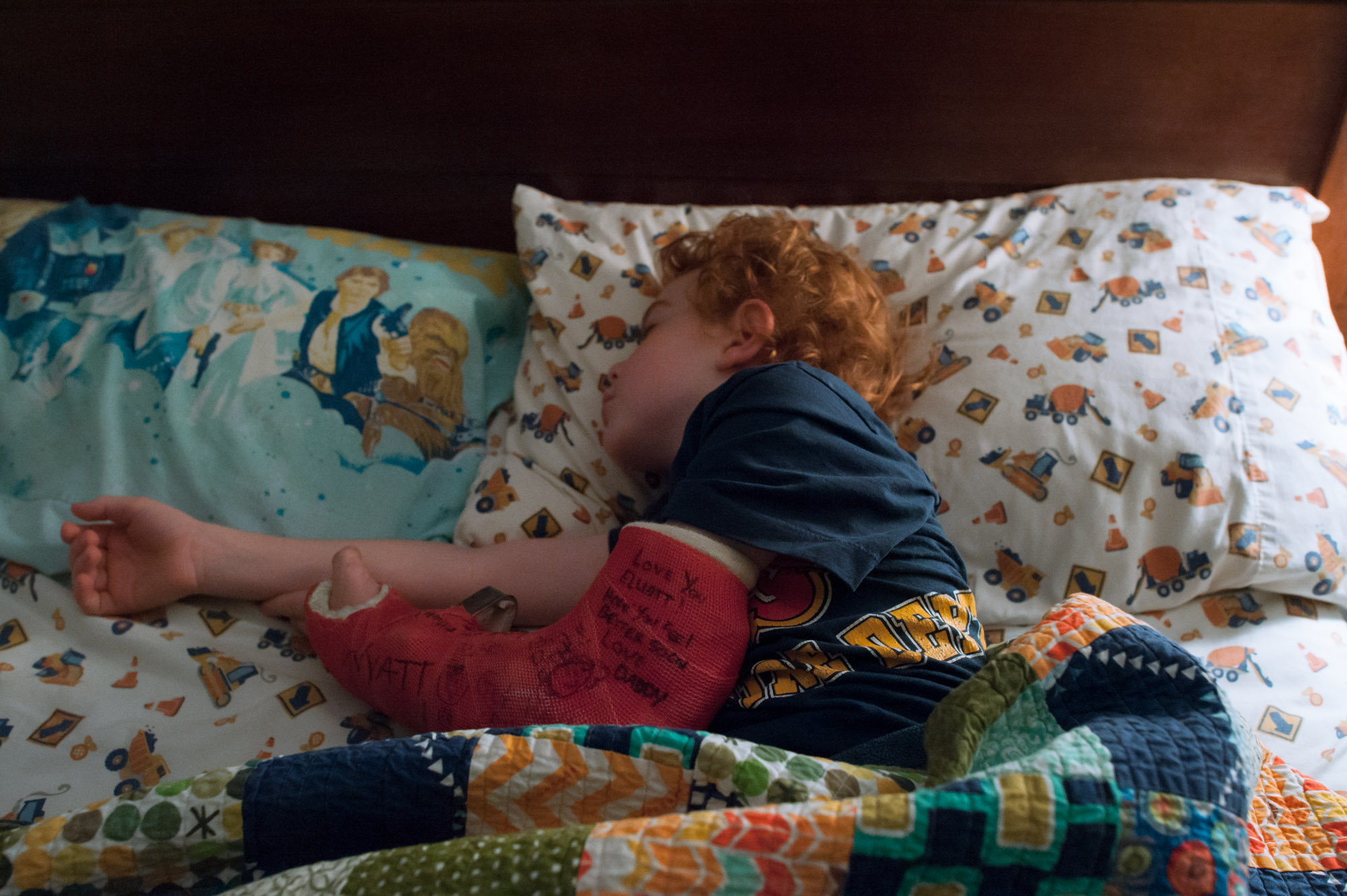
December 12, 2016
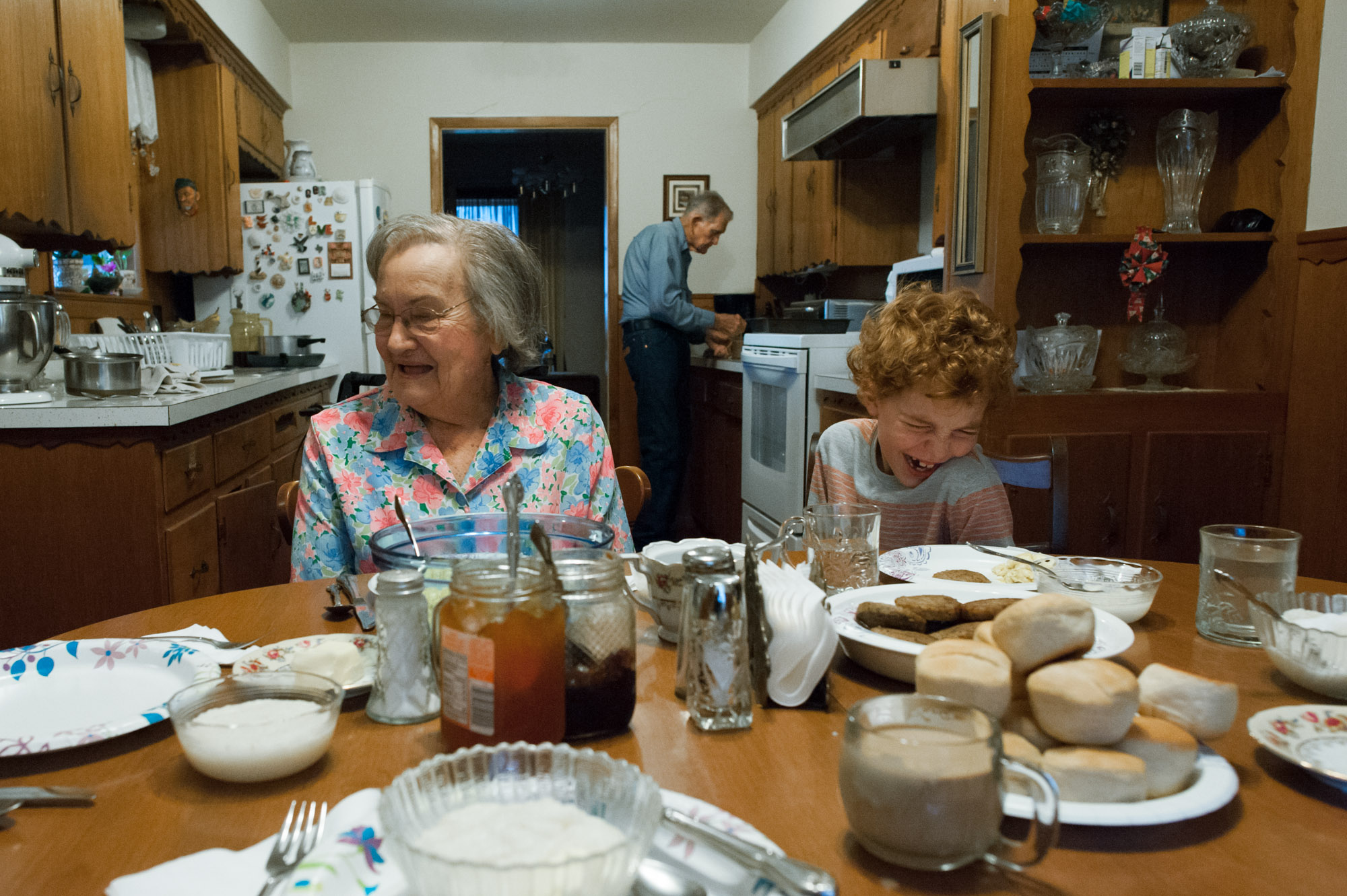
December 28, 2016
